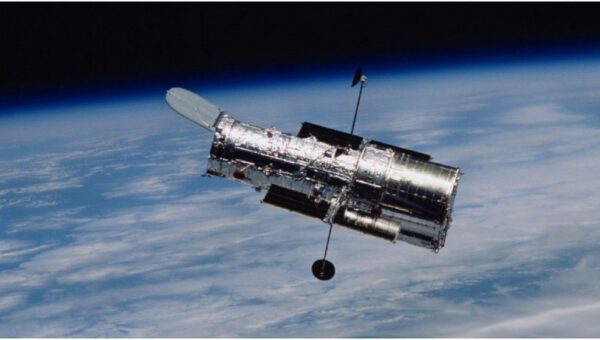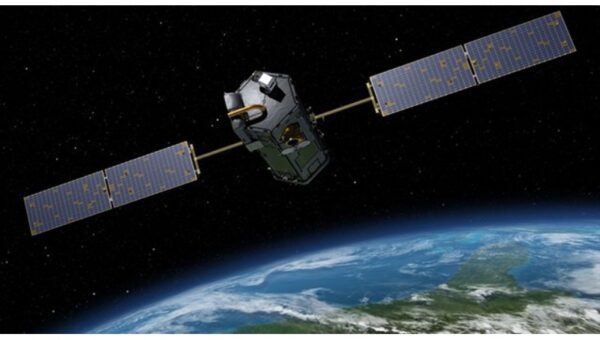As part of the Artemis lunar exploration program, Japan will land an astronaut on the moon first, following the United States, according to an agreement between the two countries revealed on April 10.
A deal pertaining to Japan’s additional contribution to Artemis, a pressurized lunar rover known as Lunar Cruiser, was signed by Japanese Minister of Education, Culture, Sports, Science and Technology (MEXT) Masahito Moriyama at a Washington ceremony.
NASA will send the rover to the moon, and according to the agencies, this will happen before the Artemis 7 mission, which isn’t supposed to leave Earth until 2031. As the first agency outside of NASA to secure berths on landing missions, NASA will also provide astronauts from the Japanese space agency, JAXA, two seats on upcoming Artemis lunar landing missions.
According to a statement from JAXA President Hiroshi Yamakawa, “the pressurized rover will be a powerful contribution to the overall Artemis architecture as Japan and the U.S. go hand in hand with international and industry partners to the lunar surface and beyond.” “JAXA is ready to assist MEXT and push this forward with our science and technological expertise to establish sustainable human presence on the moon.”
Under contracts announced April 3, three American companies are constructing a Lunar Terrain Vehicle for NASA; this Japanese rover will support longer explorations from Artemis landing sites that are outside of its range. The rover has a ten-year lifespan overall and can hold two astronauts for up to thirty days.
NASA Administrator Bill Nelson said in a statement, “America no longer will walk on the moon alone. With this new rover, we will uncover groundbreaking discoveries on the lunar surface that will benefit humanity and inspire the Artemis Generation,”
However, the release provided no information regarding the scheduled date of the Japanese astronauts’ lunar landing. The two nations “announced a shared goal for a Japanese national to land on the moon on a future NASA mission assuming benchmarks are achieved.” Nelson responded when asked about timetables during a briefing on April 10.
At the briefing, Lara Kearney, manager of NASA’s extravehicular exercise and human surface mobility program, stated, “No mission has been currently assigned to a Japanese astronaut,”
“The timing of the flight opportunities will be determined by NASA in line with existing flight manifesting and crew assignment processes and will take into account program progress and constraints, MEXT’s request for the earliest possible assignment of the Japanese astronauts to lunar surface missions, and major PR milestones such as when the PR is first deployed on the lunar surface.” the implementing agreement stated. Progress on the pressurized rover, or PR, is one of the factors that will be taken into account when assigning crew members to missions.
Many in the business, however, believe that at least one astronaut will go to the skies before the rover is delivered, perhaps even as soon as the second crewed landing, Artemis 4, occurs in the late 2020s.At a meeting of the National Space Council on December 20, Vice President Kamala Harris declared, “We intend to land an international astronaut on the surface of the moon by the end of the decade.”
As part of an earlier agreement about its contributions to the lunar orbiting facility, Japan also has a spot on a future Artemis mission to the lunar Gateway in addition to the two landing missions. The European Space Agency has not yet been assigned a seat on a landing mission, although it has three seats on Artemis missions for its contributions to the lunar Gateway, two of which are probably on Artemis 4 and 5.
Canada holds a spot on a future Gateway mission and is sending an astronaut on the Artemis 2 circumlunar trip, which launches in late 2025. Since finalizing an agreement with NASA in January to create an airlock module, the United Arab Emirates is also assigned to a seat on a Gateway mission.








